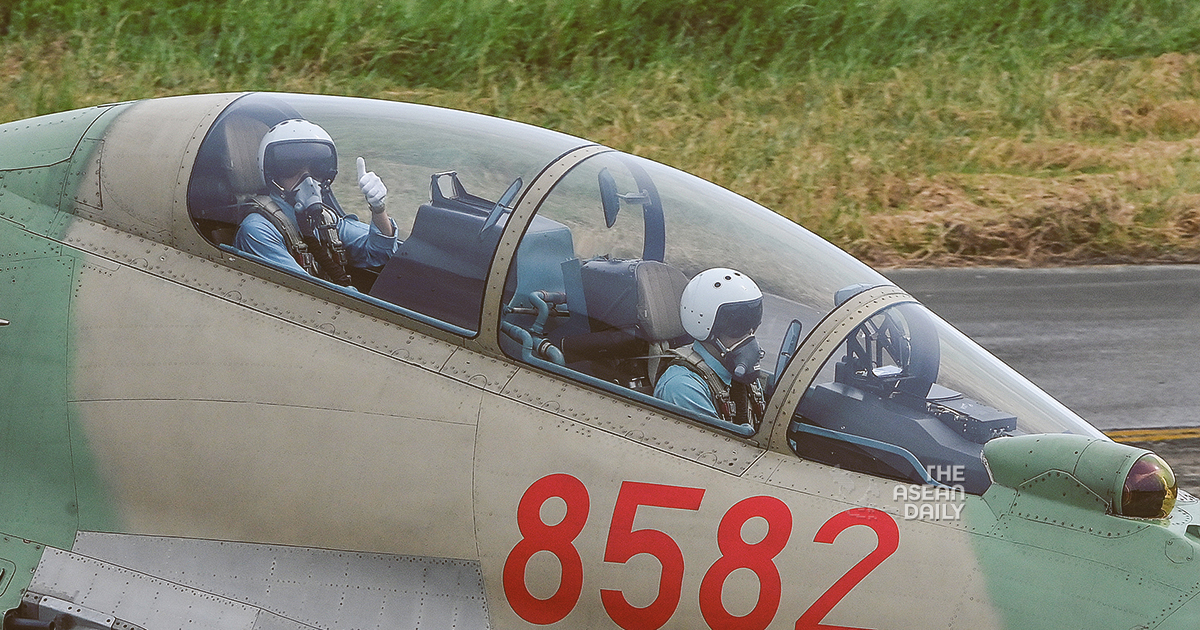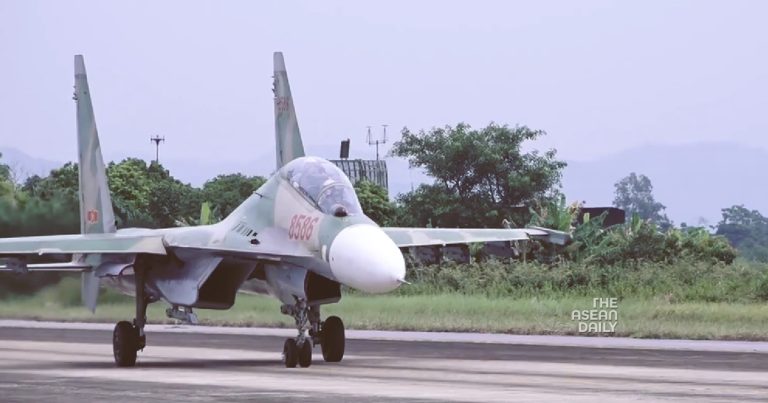20-7-2023 (HANOI) The Commander of the Air Defense-Air Force highlighted the armed forces’ readiness for independent and collaborative combat, equipped to handle high-tech weaponry, according to a recent analysis by the Synchrotron Light Research Institute (SLRI).
During an on-site exercise involving live bombing and shooting at the Như Xuân shooting range in Thanh Hóa, Major General Vũ Hồng Sơn, Deputy Commander and Chief of Staff of the Air Defense-Air Force, revealed that high-tech weapons are now widely employed in modern combat scenarios to swiftly gain control of the battlefield and neutralize targets.
To prepare the Air Defense-Air Force for combat scenarios that are both independent and collaborative, encompassing multiple branches and terrains such as land and sea, the military is focusing on in-depth research to fully understand the essence of the enemy’s aerial attacks using high-tech weaponry. Accurate assessment of the power dynamics will allow the formulation of suitable combat strategies, enabling the creation of a proactive combat environment.
The study and development of the art of combat are crucial, building multi-layered and multi-tiered people’s air defense systems, unifying air defense and air forces to confront the enemy from various directions and altitudes.
Addressing the media, Major General Sơn emphasized one of the primary objectives of the Air Defense-Air Force: building forces and strategies to counter electronic warfare. This type of warfare encompasses simultaneous activities such as reconnaissance, electronic jamming, and anti-aircraft defense, aiming to secure control of the airspace.
By adopting this approach, the enemy’s radar systems can be rendered ineffective, and their command and control information systems can be disrupted, providing an advantageous environment for the execution of their air missions. In contemporary armed conflicts worldwide, air forces under attack often struggle to retaliate immediately, finding themselves challenged by electronic warfare, Major General Sơn noted.
To counter this threat, the Air Defense-Air Force has enhanced its self-guidance capabilities, skill levels, and aerial maneuvers. Officers and soldiers are proficient in operating various types of aircraft and existing technical weapons. Their training emphasizes combat applications and maneuvering under complex conditions.
All pilots are required to study and grasp the enemy’s high-tech aerial attack methods accurately, evaluate power dynamics, and determine appropriate combat strategies to maintain the upper hand during warfare.
Additionally, the challenge of unmanned aerial vehicles (UAVs) poses another significant concern for air forces worldwide. UAVs are highly dangerous weapons capable of inflicting severe damage on critical targets.
In response, the Air Defense-Air Force has analyzed and understood the trends, organized forces, and devised scenarios to handle situations involving UAVs infiltrating military bases, airports, and storage facilities. The military has thoroughly researched the composition, operational principles, and characteristics of each UAV type.

In recent times, the Air Defense-Air Force has invested in improving the quality of its academies and institutions. They have carefully selected personnel, pilots, commanding staff, engineers, and technical personnel for overseas study, training, and specialization. These high-quality human resources are capable of mastering all types of modern and newly-equipped aircraft.
From July 16 to 20, the Air Defense-Air Force organized a navigation exercise and live bombing and shooting exercise at the Như Xuân shooting range in Thanh Hóa. The tests aimed to evaluate the proficiency of the crew and radar station in navigation, the pilots’ ability to detect and intercept targets visually and using aircraft. The exercise also assessed the team’s ability to calculate and maintain accurate flight data during long-range helicopter flights.
This high-level training is designed to enhance the command, coordination, and operational capabilities of middle-ranking officers in the Air Defense-Air Force. Additionally, it serves as an opportunity to evaluate the quality of the equipped weapons and technical assurance, combat capabilities, and combat operations of each officer and pilot, especially in night operations and complex scenarios. The insights drawn from this exercise will inform further training, aligning the armed forces with the realities and development trends of modern warfare.




